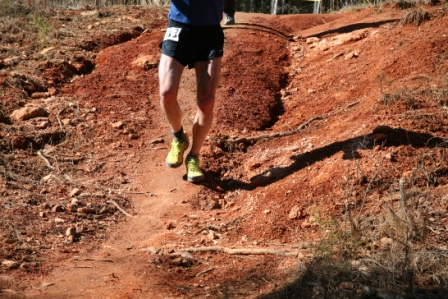When to Stretch for a Run
Sunday, August 25th, 2013Many runners are confused about when they should stretch for a run. In the past, it seemed like it was standard practice for runners to stretch both before and after a run. Stretching before and after a run was said to loosen your muscles, ease soreness, and help prevent running injuries. I did this for years until I read an article a few years ago in an ultra runner’s magazine. The article made me question my own stretching routine, so I decided to switch it up. Instead of stretching before my runs, I began to stretch only after my runs were completed. There was a noticeable difference after the first week once I stopped stretching before my runs. My legs actually felt sturdier during the runs, and I was convinced that stretching prior to a run was not the right thing for my body. However, I still continue to stretch after my runs to work out any tightness that I may feel, and also to help maintain my body’s flexibility.
I don’t think there is an absolute right or wrong when it comes stretching. I think that it depends primarily on the individual runner. You should figure out what works best for you, and try not focus too much on what is said to be the “right way”. In some cases, you may prefer to not stretch at all for a run. Runner’s World has a very comprehensive article that touches on the topic of stretching. There is also a video that can show you various types of dynamic stretches if you still feel the need to stretch your body.
The important thing to remember is that there really isn’t a right or wrong way to stretch for a run. If what you’re doing works, then keep doing it. On the other hand, if you are questioning your stretching routine, then don’t be afraid to try out a new technique. Like I said in a previous post; listen to your own body. Nobody knows when, or if, you need to stretch better than you.
Take life one mile at a time.


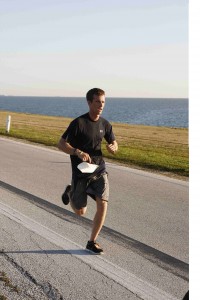
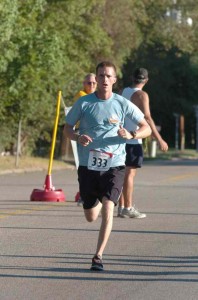








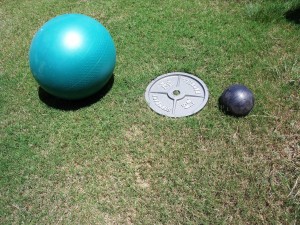







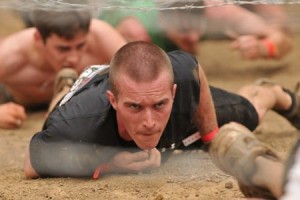

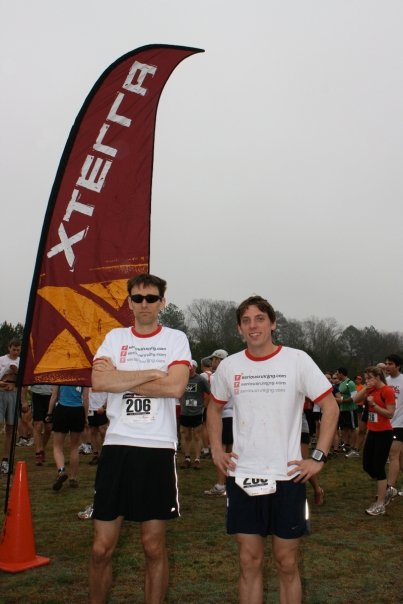
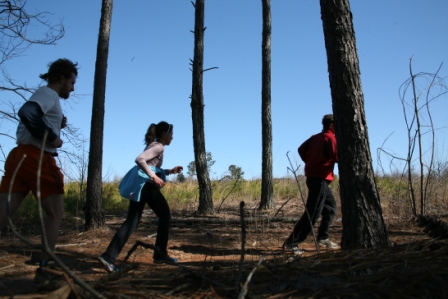 Richard Burgunder recently published a great article about the rise in popularity of Trail Running named, “
Richard Burgunder recently published a great article about the rise in popularity of Trail Running named, “